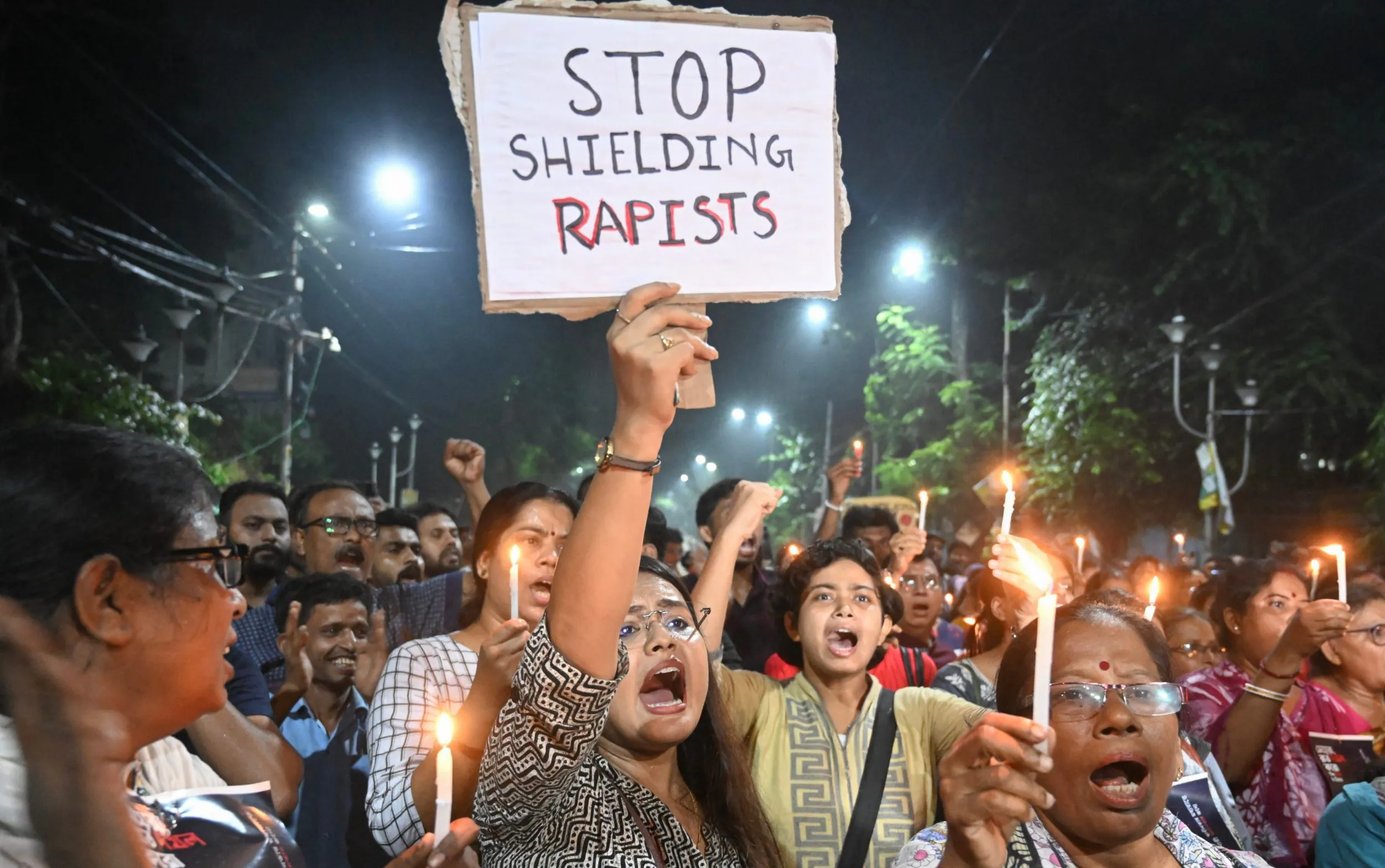In a wave of violent clashes between Bangladeshi protesters and pro-government supporters, at least eight people were killed on Sunday. The victims, who suffered knife cuts and bullet wounds, were identified by police and doctors across various districts.
Three fatalities were reported in the northern district of Pabna, two in the northern district of Rangpur, two in Dhaka’s Munshiganj district, and one in the western district of Magura, according to police officers and medical professionals. The clashes mark a significant escalation in the unrest that has gripped the nation.
The protests initially sparked in early July over the reintroduction of a controversial civil service job quota scheme, which reserved more than half of all government jobs for specific groups. This policy has since been scaled back by Bangladesh’s top court. However, the protests have morphed into a broader anti-government movement that has drawn people from all walks of life across the South Asian country of approximately 170 million.
The growing discontent is not just about job quotas anymore. “It is no longer about job quotas,” said Sakhawat, a young female protester who provided only her first name. As she scrawled graffiti at a protest site in Dhaka, she accused Prime Minister Sheikh Hasina of being a “killer.” The movement has gained traction with support from various societal figures, including film stars, musicians, and singers, with rap songs calling for public backing spreading widely on social media.
Prime Minister Sheikh Hasina, 76, has been in power since 2009 and won her fourth consecutive election in January, a vote that was widely criticized for lacking genuine opposition. Her government faces accusations from rights groups of using state institutions to cement its grip on power and suppress dissent, including through the extrajudicial killing of opposition activists.
The demonstrations have led to some of the worst unrest seen in Hasina’s 15-year tenure. In July alone, rallies against the job quotas resulted in chaos that left more than 200 people dead. The mass movement now poses a significant challenge to Hasina’s rule, with protesters demanding her resignation and calling for a fairer and more transparent government.
As the situation in Bangladesh continues to deteriorate, the international community watches closely, concerned about the implications of this escalating conflict on regional stability.





